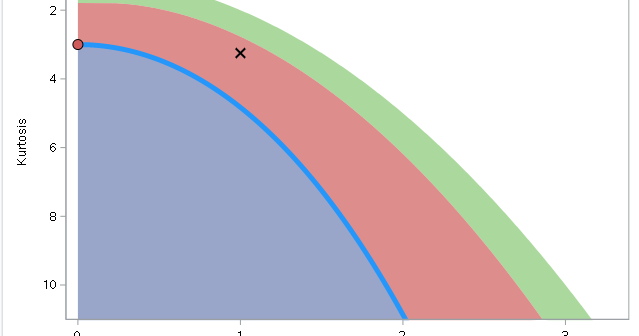The DO Loop
Statistical programming in SAS with an emphasis on SAS/IML programs
Order matters. The order of variables in tables and rows of a correlation matrix can make a big difference in how easy it is to observed correlations between variables or groups of variables. There are many ways to order the variables, but this article shows how to display the variables

In a correlation analysis, it is common to consider the correlations between all pairs of numerical variables. That is, if there are k numerical variables, most people examine the complete k x k matrix of correlations. This matrix is symmetric and has 1s on the diagonal, so more than half of the

A previous article discusses the MakeString function, which you can use to convert an IML character vector into a string. This can be very useful. When I originally wrote the MakeString function, I was disappointed that I could not vectorize the computation. Recently, I learned about the COMBL function in

When the SAS Global Forum 2020 conference was cancelled by the global COVID-19 pandemic, I felt sorry for the customers and colleagues who had spent months preparing their presentations. One presentation I especially wanted to attend was by Bucky Ransdell and Randy Tobias: "Introducing PROC SIMSYSTEM for Systematic Nonnormal Simulation".

A previous article shows a simulation of two different models of a foraging animal. The first model is a random walk, which assumes that the animal chooses a random direction, then takes a step that is distributed according to a Gaussian random variable. In the second model, the animal again

In SAS, range attribute maps enable you to specify the range of values that determine the colors used for graphical elements. There are various examples that use the GTL to define a range attribute map, but fewer examples that show how to use a range attribute map with PROC SGPLOT.
